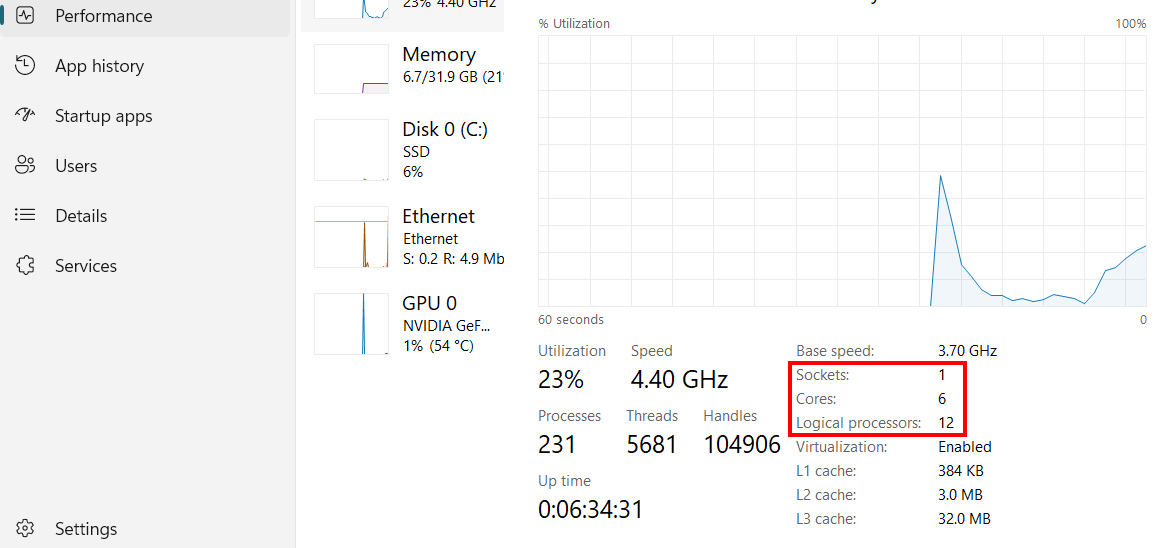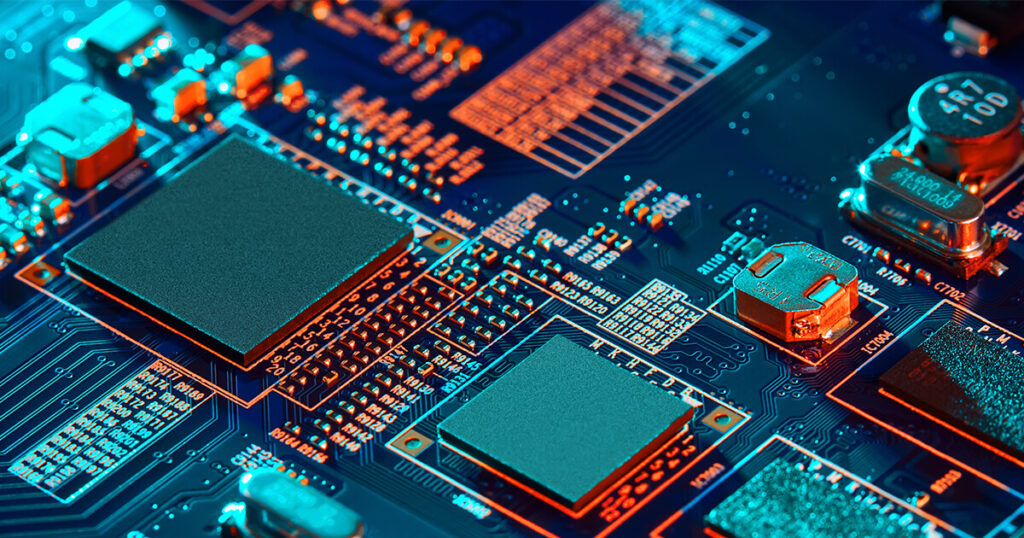In the CPU vs vCPU comparison, the main difference is that the CPU exists physically, whereas the virtual vCPU variant is purely software. The two types of central computing units also differ in terms of performance and applications.
Difference n°1: the technical basis¶
The first difference in the opposition CPU vs vCPU is of technical origin: a CPU is a hardware ; it is also called “processor”. Modern CPUs typically have multiple cores across which they can distribute workloads to run.
A vCPU is a pure software variant a computer control unit. It does not come in physical form, but works with a physical CPU. As required, several vCPUs can be based on a classic physical CPU. A vCPU cannot therefore be based on several physical CPUs, but it can use several cores of a physical CPU.
To create vCPUs and assign them to a virtual machine (VM), hypervisors use available physical processor cores or threads.
Difference n°2: performance¶
The fact that vCPUs are strictly speaking software subunits of a CPU demonstrates a clear balance of power when considering performance: in the CPU vs vCPU comparison, if one opposes a vCPU to a CPU with the same clock frequency (gigahertz), the virtualized variant will never perform as well as its hardware equivalent. One of the reasons for this is that the coordination of the vCPU with the physical CPU requires a little time, especially for very demanding tasks.
In addition, the physical CPU, with its subdivided cores and threads, can process multiple instructions directly and simultaneously. The vCPU would have to be supplemented with other vCPUs for this, but in this case there are slight disadvantages: with an increasing number of vCPUs, the task of set the simultaneous execution of different processes becomes more and more complex for the responsible CPU. The resulting wait times mean that the performance potential of the network of virtualized CPUs cannot be exploited to 100%.
Difference n°3: fields of application¶
CPUs are the classic computer core. Without sufficient computing power, PCs at home or at work would not be able to perform the multiple tasks that are asked of it, such as running a game, streaming or even processing pictures and videos. Additionally, physical CPUs are used in many other everyday devices like coffee machines, dishwashers, refrigerators, and of course, smartphones and other mobile devices.
vCPUs take over the role of central computing component in virtualized environments. As part of virtual machines with their own operating system, it is also possible to cover many usage scenarios. Testing environments and server or application hosting such as database servers, cloud storage or virtual private servers (VPS) are particularly popular. The underlying physical CPU can therefore be used as a basis for multiple virtualized environments running in parallel for multiple userswhich is why vCPUs are so attractive to cloud service providers and users.
CPU vs. vCPU: how does the conversion to virtual CPUs work?
If you want to use your computer’s physical CPU to provide vCPUs to one or more virtual machines, you can more or less rely on the following formula for the conversion:
(threads x cores) x physical CPU = number of vCPUs
For example, if you have a four-core, eight-thread CPU, you can provide up to 32 vCPUs:
(8 threads x 4 cores) x 1 = 32 vCPU
You can know the number of cores and threads of your CPU in just a few steps. If you are using a Windows PC, follow these steps:
- Use the key combination [Ctrl]+ [Shift] + [Esc] to access the task manager.
- Display the menu ” Performance “.
- In the “Processor” section, you will find information about the number of cores (“Hearts”), of threads (“Logical Processors”) and physical CPUs (“Sockets”).

If you are using a Linux operating system, you can get CPU information using the terminal and the following command:
IONOS Cloud Compute Engine
Medium and large companies choose Cloud Made in Germany. IaaS and PaaS from hidden champion to hidden champions.




